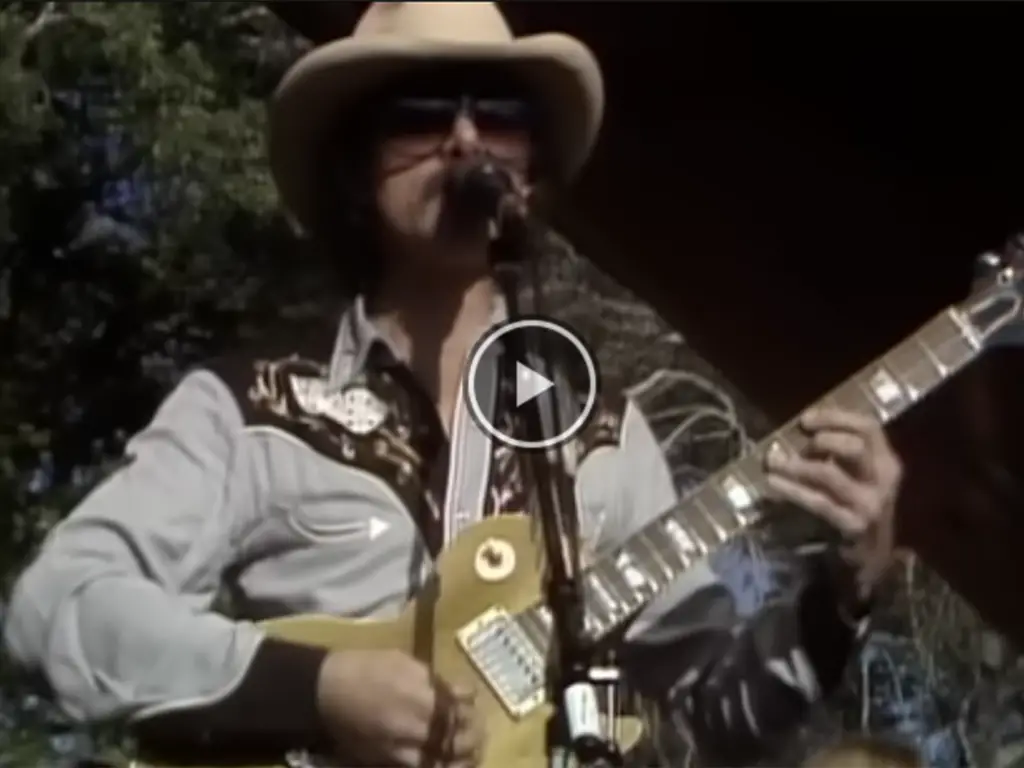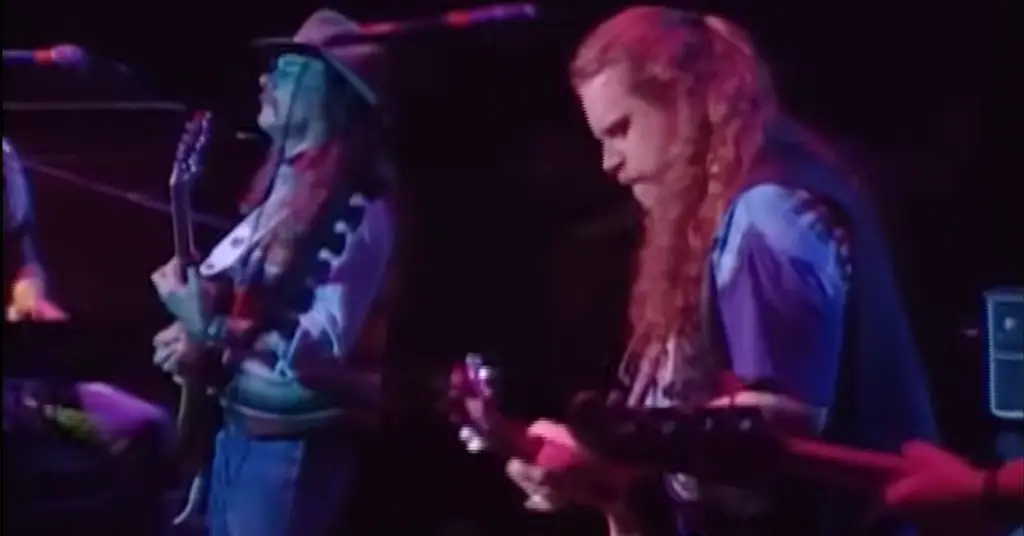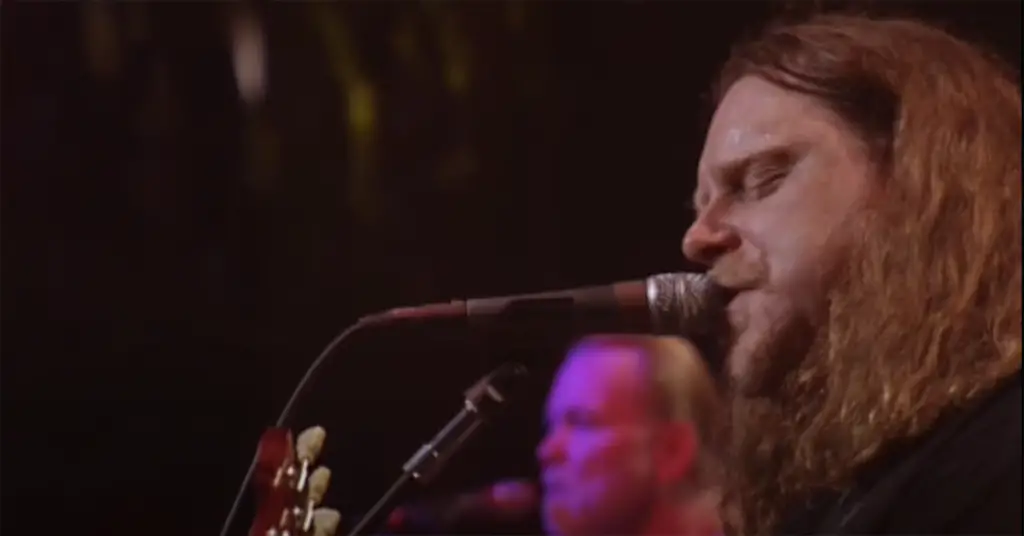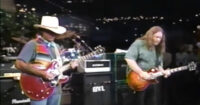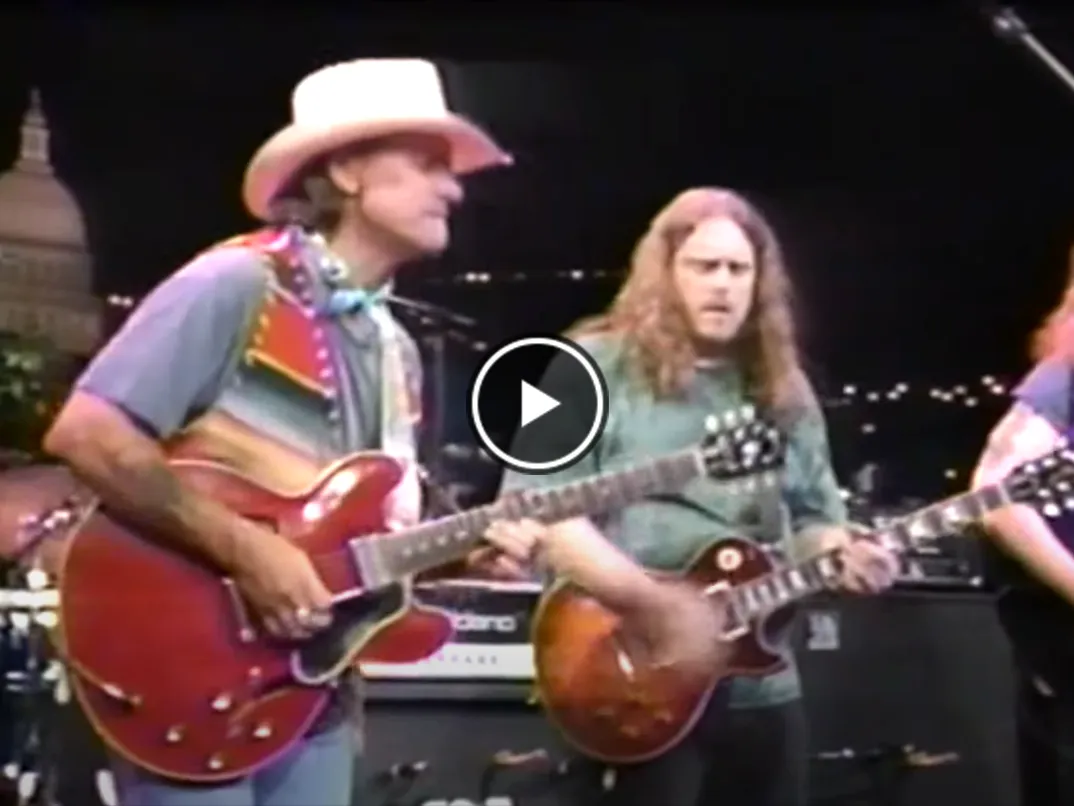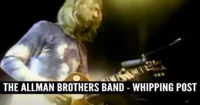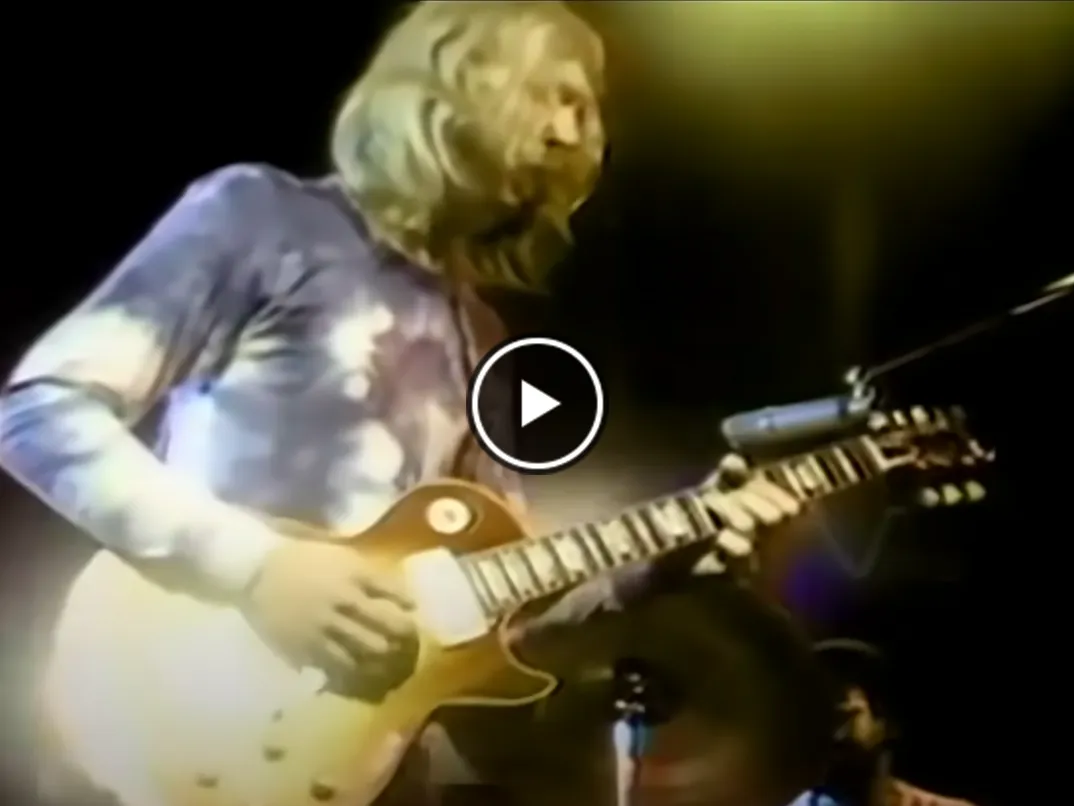The Allman Brothers Band – Blue Sky: A Ray of Sunshine in Rock History
Discovering Blue Sky
There are songs that just feel like good weather. For me, The Allman Brothers Band’s “Blue Sky” is the ultimate example. The first time I heard it, I was driving with the windows down, sun warming my arm on the door, and I swear the music synced perfectly with the moment. Duane Allman may have been the group’s soulful fire, but on “Blue Sky,” it was Dickey Betts who gave us this gift of light, melody, and joy.
A Song Written for Love
Betts wrote “Blue Sky” for his girlfriend (later wife), Sandy “Bluesky” Wabegijig. That’s right — the title is personal. The lyrics paint a picture of pure contentment, of appreciating the simple moments that make life beautiful: a sunny day, the company of someone you love, the freedom of being alive. It’s as far from rock star excess as you can get, and maybe that’s why it feels so timeless.
And if you listen closely, you can hear Betts’ signature — that lyrical guitar style that flows more like a fiddle tune than a rock solo. It’s the sound of a man in love, channeled through six strings.
Sunshine in the Middle of Eat a Peach
“Blue Sky” found its home on the band’s 1972 album Eat a Peach, a record born out of both triumph and tragedy. The Allmans had just lost Duane Allman in a motorcycle accident in October 1971, a devastating blow to the band and the wider music world. But Eat a Peach wasn’t a funeral march — it was a celebration of life, a sprawling mix of jam-rock brilliance and heartfelt reflection.
Nestled among those tracks, “Blue Sky” became a beacon. It was the moment you realized the band could still find beauty after heartbreak, that their music could lift you up even when life pulled you down.
That Famous Dual Guitar Magic
One thing fans never stop talking about is the way “Blue Sky” highlights the Allmans’ twin-guitar interplay. Betts and Duane (on the studio version) weave around each other with this seamless grace — it’s less like a guitar duel and more like a conversation. In live shows, those sections could stretch into soaring, joyous jams that left audiences grinning ear to ear.
Even today, guitarists study those solos. They’re technical, sure, but more than that, they sing. You can hum them as easily as the vocal line, and that’s a rare gift.
A Fan’s Memory
I remember seeing The Allman Brothers Band on a warm summer night, years after Duane had passed, but the spirit of “Blue Sky” was still alive. As soon as those opening chords rang out, people got up from their seats. Couples swayed, friends threw arms around each other, and for five minutes the whole crowd seemed to glow. That’s what this song does — it makes you feel good to be alive.
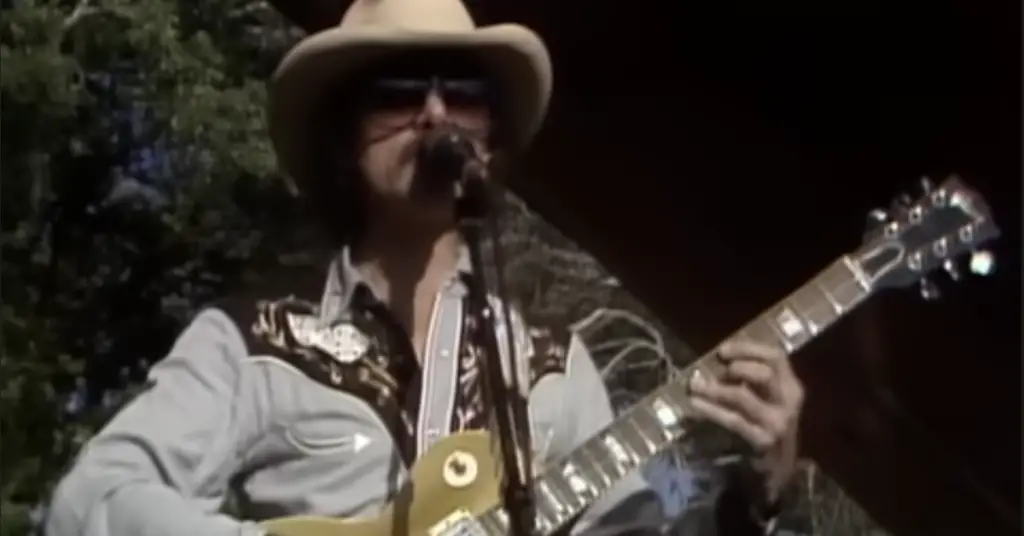
Why Blue Sky Still Matters
Over fifty years later, “Blue Sky” hasn’t lost its shine. It’s one of those songs you can put on any time and instantly feel lighter. For fans, it’s a reminder of Dickey Betts’ songwriting brilliance, of the Allmans’ unmatched chemistry, and of the power of music to turn grief into grace.
So next time the sun is out and you’ve got a drive ahead of you, roll down the windows and play “Blue Sky.” Trust me — life feels just a little bit better with that melody carrying you down the road.
Video
Thank You
We appreciate your time and dedication to reading our article. For more of the finest blues guitar music, make sure to follow our Facebook page, “I Love Blues Guitar”. We share exceptional selections every day. Thank you once again for your continued support and readership.


![The Allman Brothers Band – Blue Sky [video]](https://ilovebluesguitar.com/wp-content/uploads/2025/09/image-33.png)
